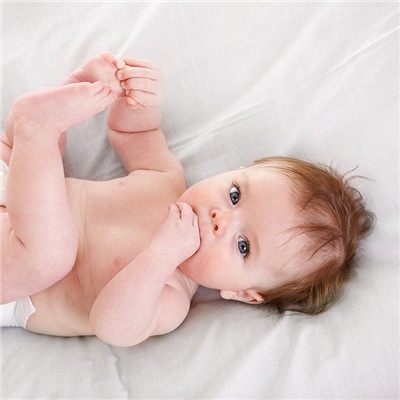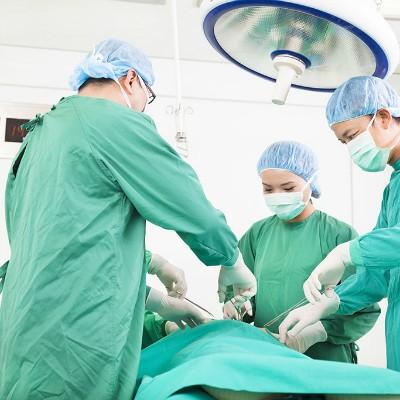Why can myoma affect pregnancy
summary
About 25% - 40% of patients with hysteromyoma will be infertile. The extent to which hysteromyoma affects the ability to conceive is related to the location, size and number of hysteromyoma. Experts say that hysteromyoma affects pregnancy. Let me share it with you today.
Why can myoma affect pregnancy
Influence one: the degree of uterine fibroids affecting the ability to conceive is related to the location, size and number of uterine fibroids. The cause of infertility caused by hysteromyoma is that the hysteromyoma just blocks the cervix or the inner orifice of fallopian tube and affects the passage of sperm, or the hysteromyoma occupies the implantation site of the fertilized egg and cannot sit. Even if pregnant, often because of the impact of embryonic development and abortion.

Influence 2: as for late pregnancy, due to abnormal uterine contractility, it can cause premature delivery, hinder delivery or cause postpartum hemorrhage. Therefore, don't think that hysteromyoma is the most common and despise it, and don't lose treatment confidence because of several abortions.

Influence 3: in short, infertility caused by hysteromyoma is not an incurable disease. If the uterine fibroids grow on the front and rear walls of the uterine body, and the uterine fibroids do not break through the uterine cavity endometrium, we can do the uterine fibroids nuclear surgery, that is to peel out the uterine fibroids, do not cut the uterus, and then in the uterine plastic repair, we can retain the uterus and have reproductive function. If the myoma is small, it can directly help to conceive and have a child.

matters needing attention
Several common cases: 1. Uterine fibroids near the uterine horn. Uterine fibroids growing near the uterine horn can compress the opening of the fallopian tube, causing obstruction. 2. Large uterine fibroids. Larger uterine fibroids can deform the uterine cavity, which is not conducive to sperm passage, fertilized egg implantation and fetal development. 3. Uterine fibroids in the neck of the uterus. Uterine fibroids in the cervix can compress the cervix tube, block the passage or change the orientation of the cervix orifice, so that it is far away from the semen pool of the posterior fornix, which is not conducive to sperm entering the cervix orifice.















